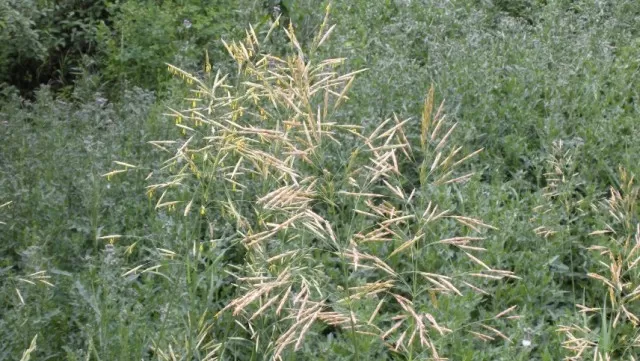Gardening Missteps in Autumn. As the air turns crisp and the memories of summer’s bounty fade away, it’s that time of year to prepare your yard for its winter slumber. While it’s tempting to stick to the same old routine, a few long-standing fall yard cleanup practices may benefit from a fresh perspective. We reached out to gardening experts to shed light on the most common fall gardening mistakes and suggest alternative approaches.By reevaluating these common fall gardening practices and making a few adjustments, you can enhance the health of your garden, promote biodiversity, and ensure a vibrant and flourishing landscape when spring returns.
Timing Matters: Dividing Perennials for Optimal Growth

Certain perennials, such as hostas, daylilies, Oriental poppies, phlox, and purple coneflowers, tend to form dense clumps as they mature.
While these clusters can be visually appealing, they can also hinder blooming and lead to the demise of plants in the center due to overcrowding.
The solution is relatively simple: dividing these perennials.
This involves digging up each clump, gently separating the roots, and replanting the crowns. However, success in this endeavor depends significantly on choosing the right moment in your gardening calendar.
It’s advisable to aim for a timeframe that falls after the scorching summer heat has passed but early enough to allow the new plants to establish themselves before the onset of winter.
As gardening expert Nielson suggests, a practical guideline is to provide a minimum of six weeks between your division efforts and the arrival of the first frost.
Additionally, applying a protective layer of mulch can safeguard the newly planted roots throughout the winter, ensuring your divided perennials will thrive and delight you in the coming spring.
The Peril of Neglecting Cool-Season Weeds

As the gardening season draws to a close, fatigue often sets in, and the temptation to believe that winter will naturally eradicate the emerging weeds in our garden beds and landscapes can be strong.
However, it’s a temptation best resisted.
According to Nielson, there’s a significant presence of cool-season weeds that make their appearance towards the end of the season.
These weeds have a short window of opportunity, racing from seed to fully flowering and producing seeds once more in a remarkably brief timeframe.
In essence, even if the winter’s cold does manage to kill the current generation of weeds, their progeny will still be lurking in your garden Next Year and Beyond.
Thus, dedicating your time and effort to removing these cool-season weeds is a wise investment in maintaining the health and beauty of your garden in the long run.
Optimizing Growth Through Timely Perennial Division

Certain perennial plants, including varieties like hostas, daylilies, Oriental poppies, phlox, and purple coneflowers, naturally develop into dense clumps as they mature.
While these clustered growth patterns can be visually appealing, they also pose challenges, such as inhibiting blooming and leading to the potential demise of plants at the center due to overcrowding.
The remedy is refreshingly straightforward: the division of these perennials.
This process entails carefully uprooting each clump, gently separating the roots, and replanting the individual crowns. However, the key to success in this horticultural task lies in selecting the right moment within your gardening schedule.
It is advisable to target a period that occurs after the intense heat of summer has subsided but still allows sufficient time for the newly separated plants to establish themselves before the onset of winter.
As per the advice of gardening expert Nielson, a practical rule of thumb is to ensure a minimum of six weeks elapses between your division efforts and the arrival of the first frost.
Furthermore, providing a protective layer of mulch can serve as a shield for the freshly planted roots throughout the winter, guaranteeing that your divided perennials will thrive and bring you joy when the spring season arrives.
*The information is for reference only.